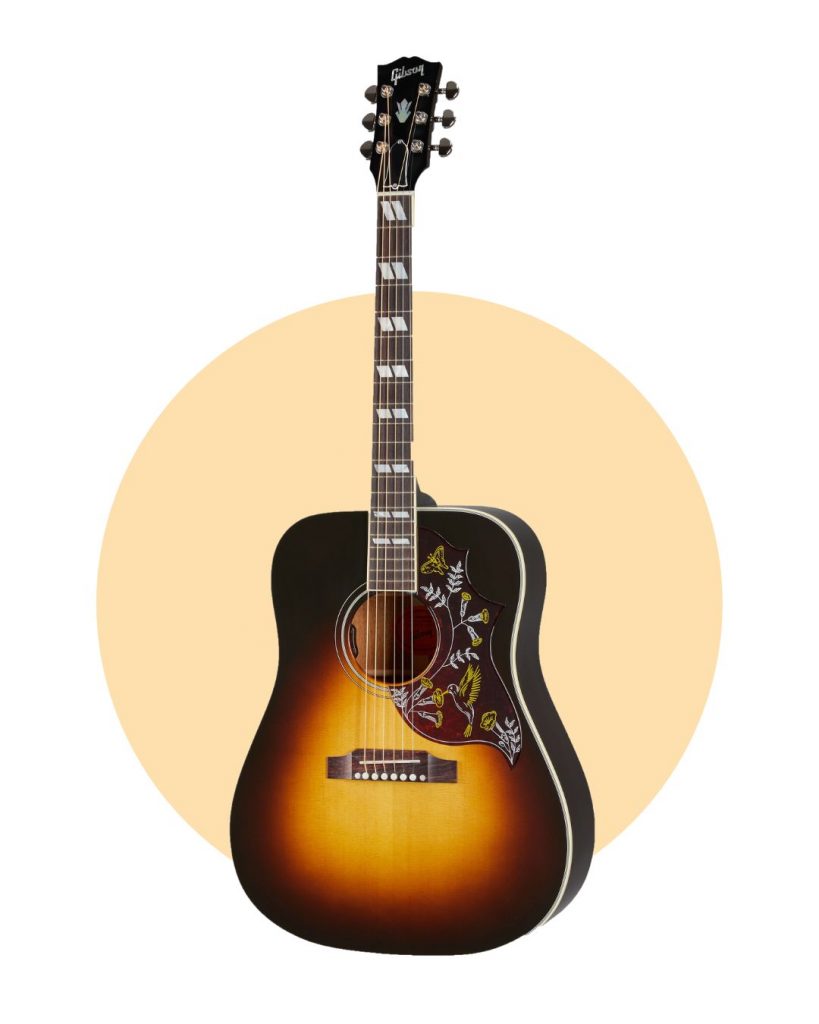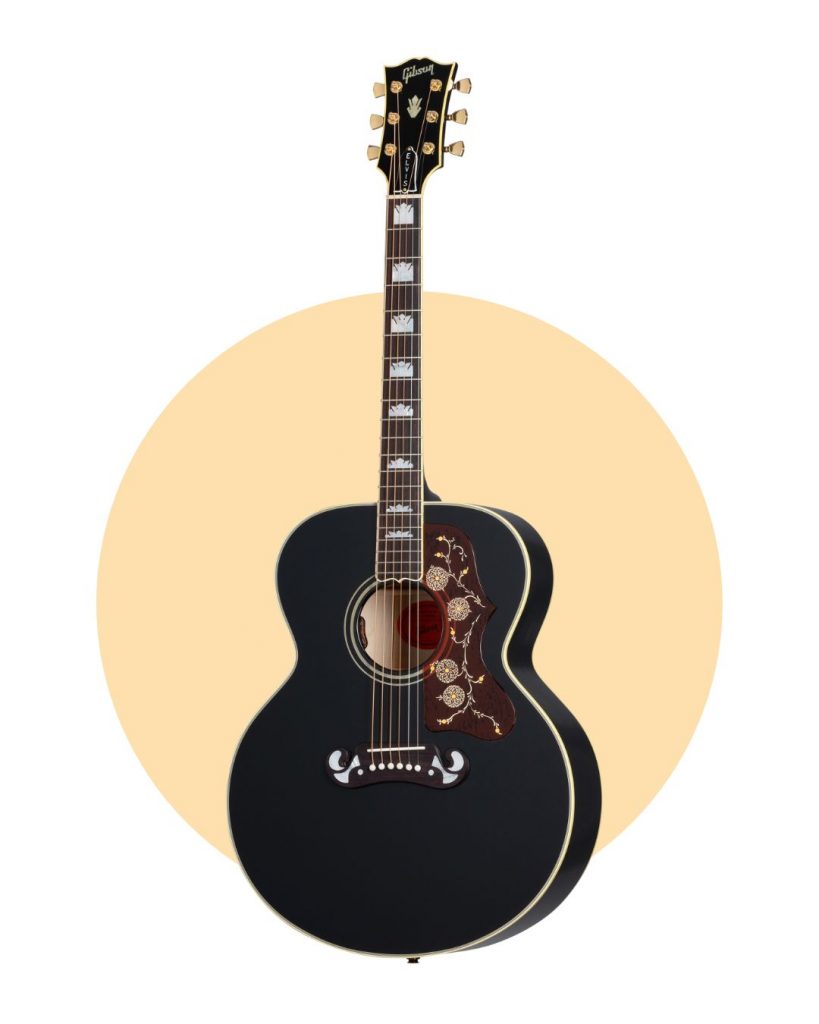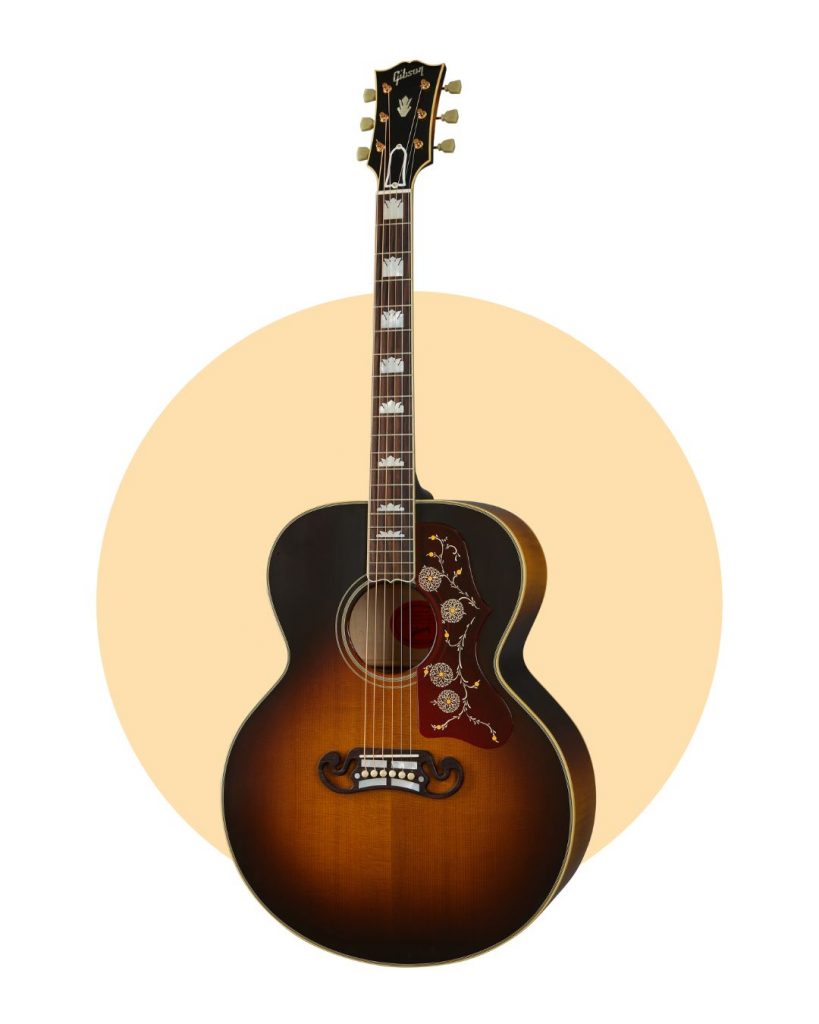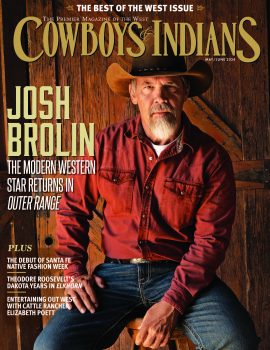The legendary guitar maker started in a home workshop in 1894 and now celebrates 130 years of iconic fretted instruments coveted by musicians everywhere.
In countless ways, a Gibson guitar is just like an enduring song. They are both carefully crafted by hand. They are both meticulously built piece by piece. And without a doubt, they will both forever stand the test of time.
It makes sense that the two go hand in hand — the guitars and the songs that course through them — because that’s what a Michigan luthier set out to do in his workshop 130 years ago. Orville Gibson was pining for a better instrument that would ultimately create better music. And once he accomplished that in 1894, the Gibson legacy was off to a humble but honorable start.
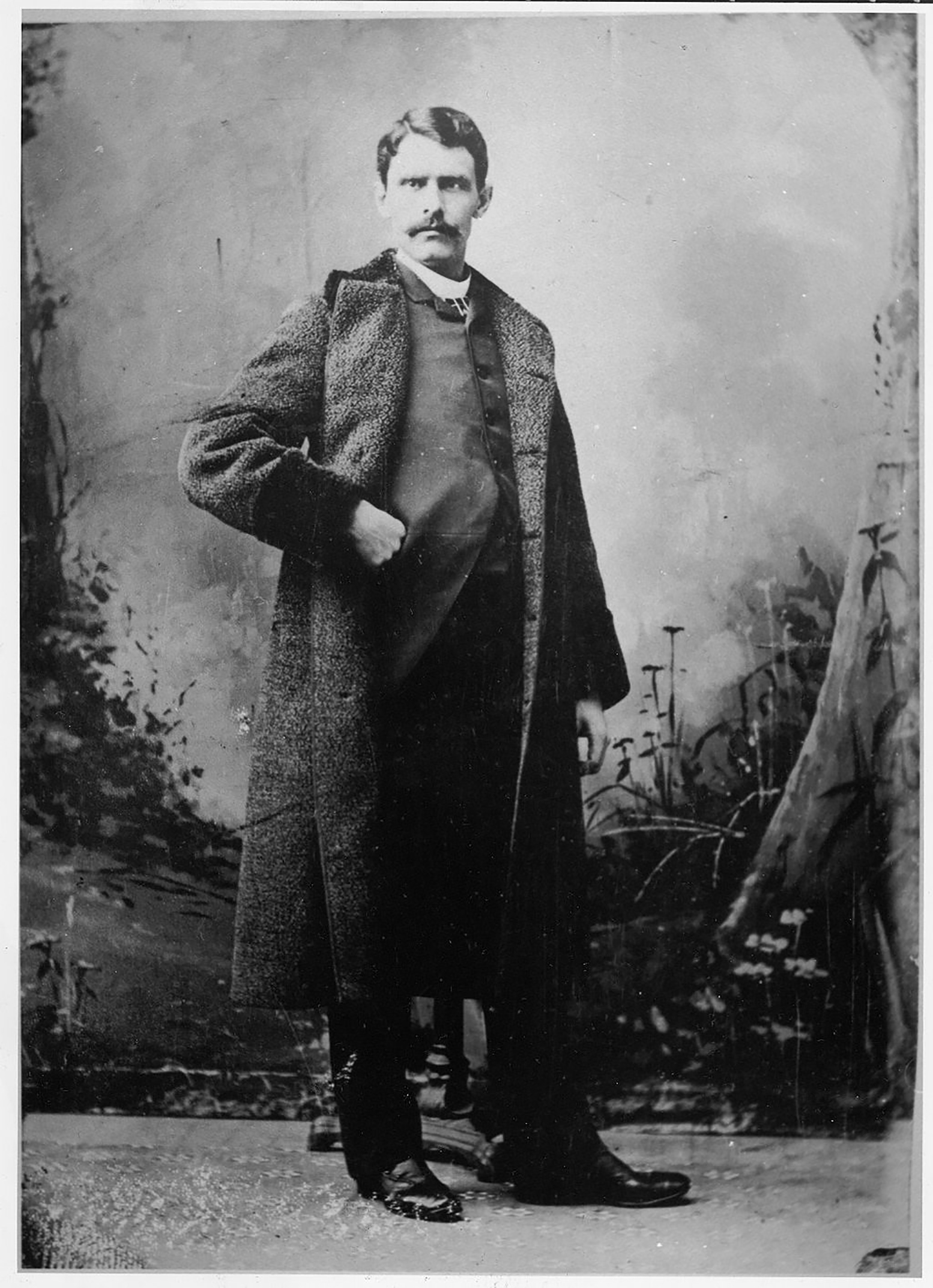 Portrait of U.S. luthier Orville Gibson (1856 – 1918). Born in New York, Gibson took his mandolin- and guitar-making to Kalamazoo, Michigan, in the 1880s.
Portrait of U.S. luthier Orville Gibson (1856 – 1918). Born in New York, Gibson took his mandolin- and guitar-making to Kalamazoo, Michigan, in the 1880s.
The thing about legacies, though, is that you don’t know you’re creating one when you start something. You don’t begin a project knowing where it will end up years later. You don’t plan to become a household name. But when Gibson built the first Gibson stringed instrument at home in Kalamazoo, Michigan, he simply set out to build a better instrument. Instead, he built a legacy.
That legacy is and always has been revered by musicians from every genre and every era since Gibson incorporated in 1902.
It’s very likely that he had no idea what would become of his all-American brand. Nor did he have any inkling that the guitar company he unintentionally started would still be based in the USA long after he passed in 1918. What started in America, at his Michigan home, is still at home here in America, with operations in Nashville and Bozeman, Montana.
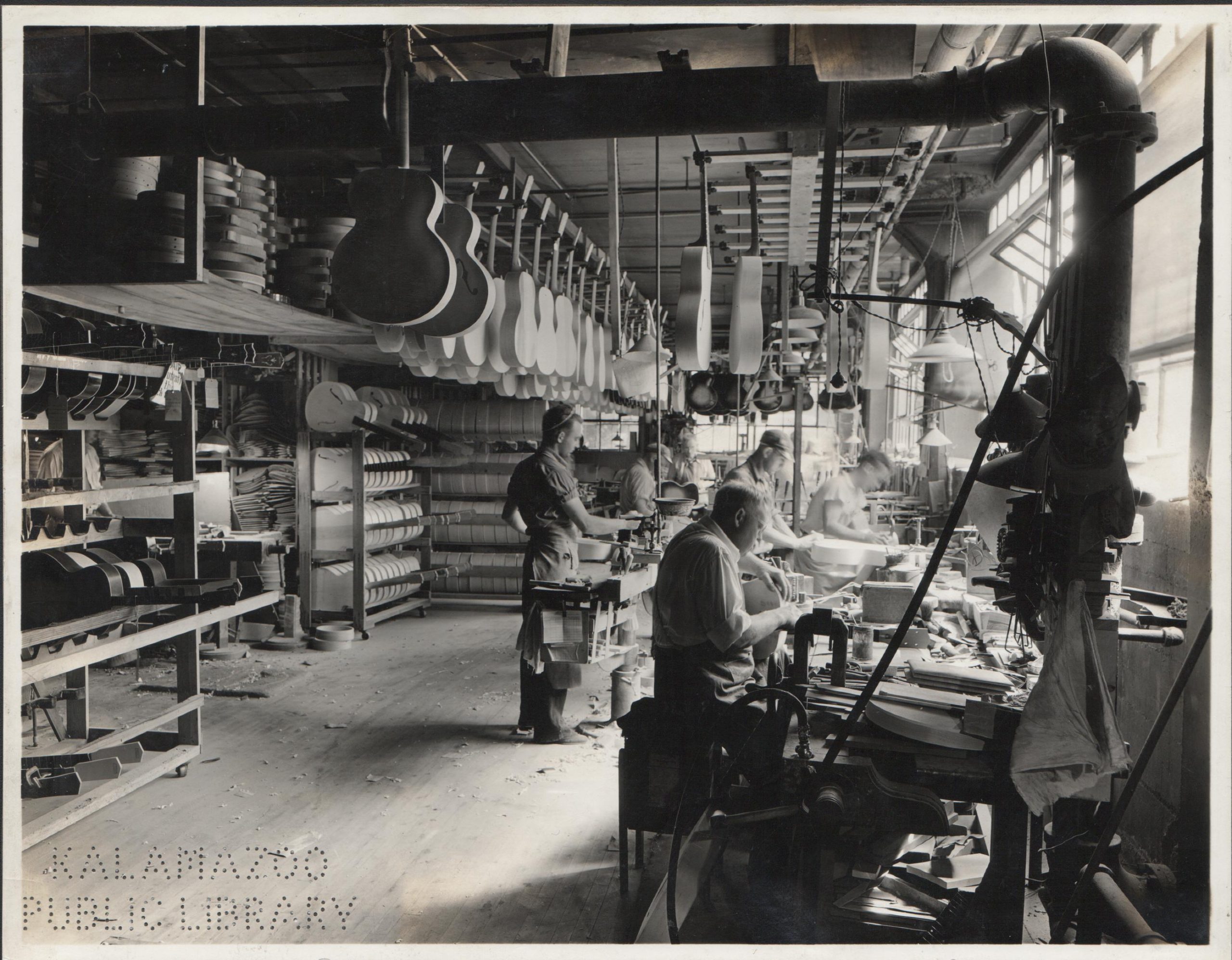 The interior of Gibson, Inc., in Kalamazoo, 1936.
The interior of Gibson, Inc., in Kalamazoo, 1936.
Crafting A New Guitar To Sound Old
Now a bona fide icon of American culture, Gibson guitars are not simply made in America. They are crafted — one by one — in America. In fact, the company’s Bozeman home is called a craftory. And if an artist happens to want a vintage sound, Gibson has the means and the method to do just that.
That process is called torrification, and Gibson’s Robi Johns — senior product development manager at the Gibson Acoustic Craftory — explained why the company goes to such extremes to make each guitar so special. “Since we have such a long legacy, people want that Gibson magic. So, we’ve started reproducing our vintage guitars,” he told C&I. “We even age the wood. We can build them to sound like they were made in 1930 or 1950 or 1970.
[1] Gibson Hummingbird Standard in Vintage Sunburst [2] Gibson Elvis SJ-200 in Ebony [3] Gibson 1957 SJ-200 in Vintage Sunburst
“We use an artistic science for that: building the guitar the old-fashioned way that makes it vibrate in the maximum fashion. We cook the wood, because when wood is heated, the cells inside the wood crystallize. And that’s the essence of a guitar that’s old and after it sits around for 80 or 100 years,” he explains. “Those cells that held water when they were part of a tree crystallize and become solid, and the wood becomes more dense. So, the sound is even better.
“Making a new guitar sound old — with old dovetail neck joints and old hide glues and nitrocellulose lacquer — gives these guitars character. The hide glue goes into the cells of the wood and creates suction and pulls the pieces of wood together. That bond allows the guitar to vibrate more effectively when two pieces are acting like one.”
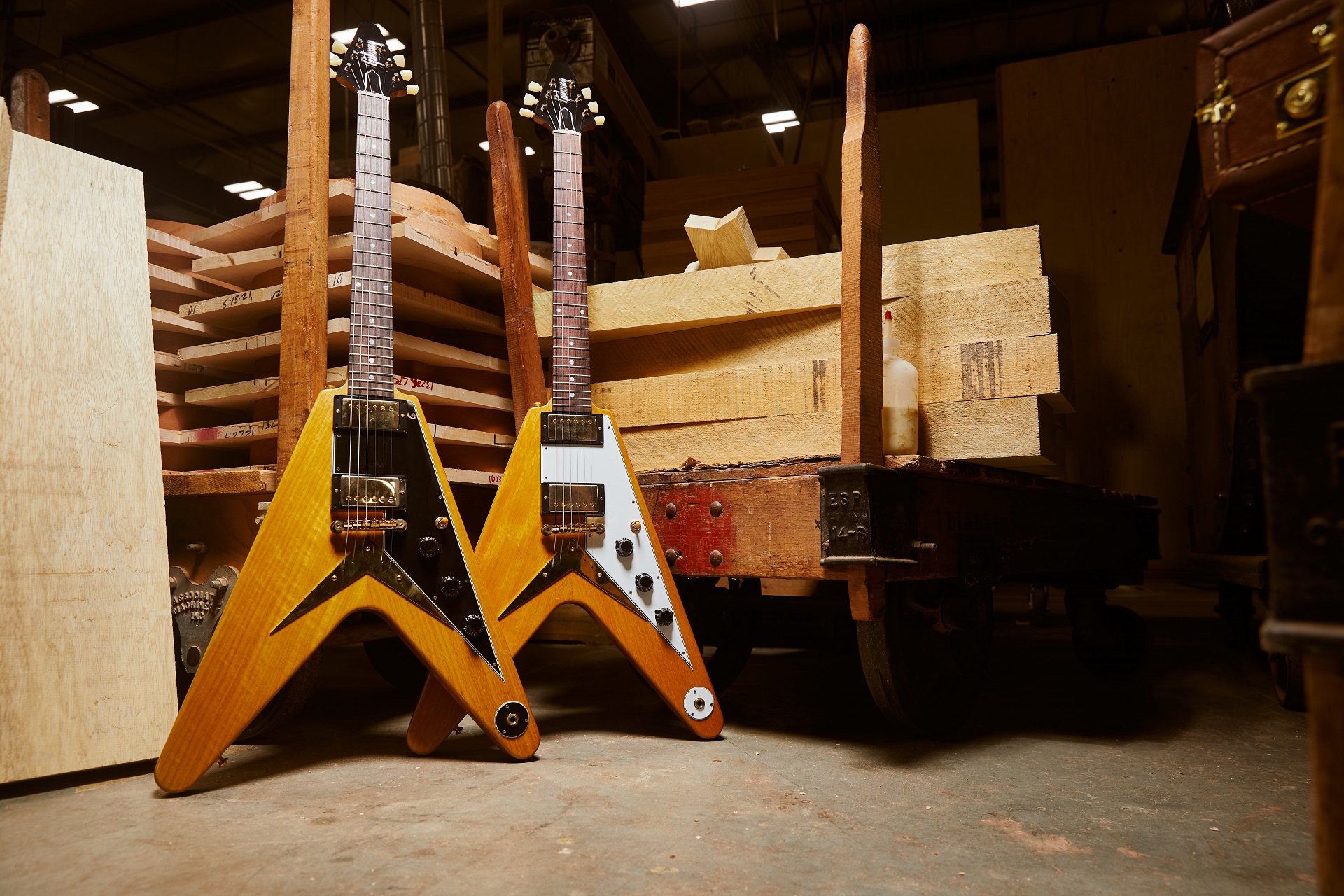 Gibson Custom Shop 1958 Korina Flying V Reissue in black and white.
Gibson Custom Shop 1958 Korina Flying V Reissue in black and white.
(Need proof of how much singers, songwriters, and players value that vintage sound? Listen to the opening line of Zac Brown Band and Cody Johnson’s song “Wild Palomino.” It starts with “A sad song sounds sadder on an old Gibson, it only gets better played a thousand times.”)
Johns has been with Gibson for 34 years, selling and teaching and embedding himself in the business of music. He owned his first Gibson when he was just 9 years old. “I played every note on that fingerboard, never knowing I would one day be involved in the Gibson legacy. Karma led me here,” he says. “If you are serious about music, you need a serious guitar. Arlo Guthrie told me that. The right guitar in the right artist’s hands means that they sound 100 percent better. And that inspires better playing and songwriting and singing.”
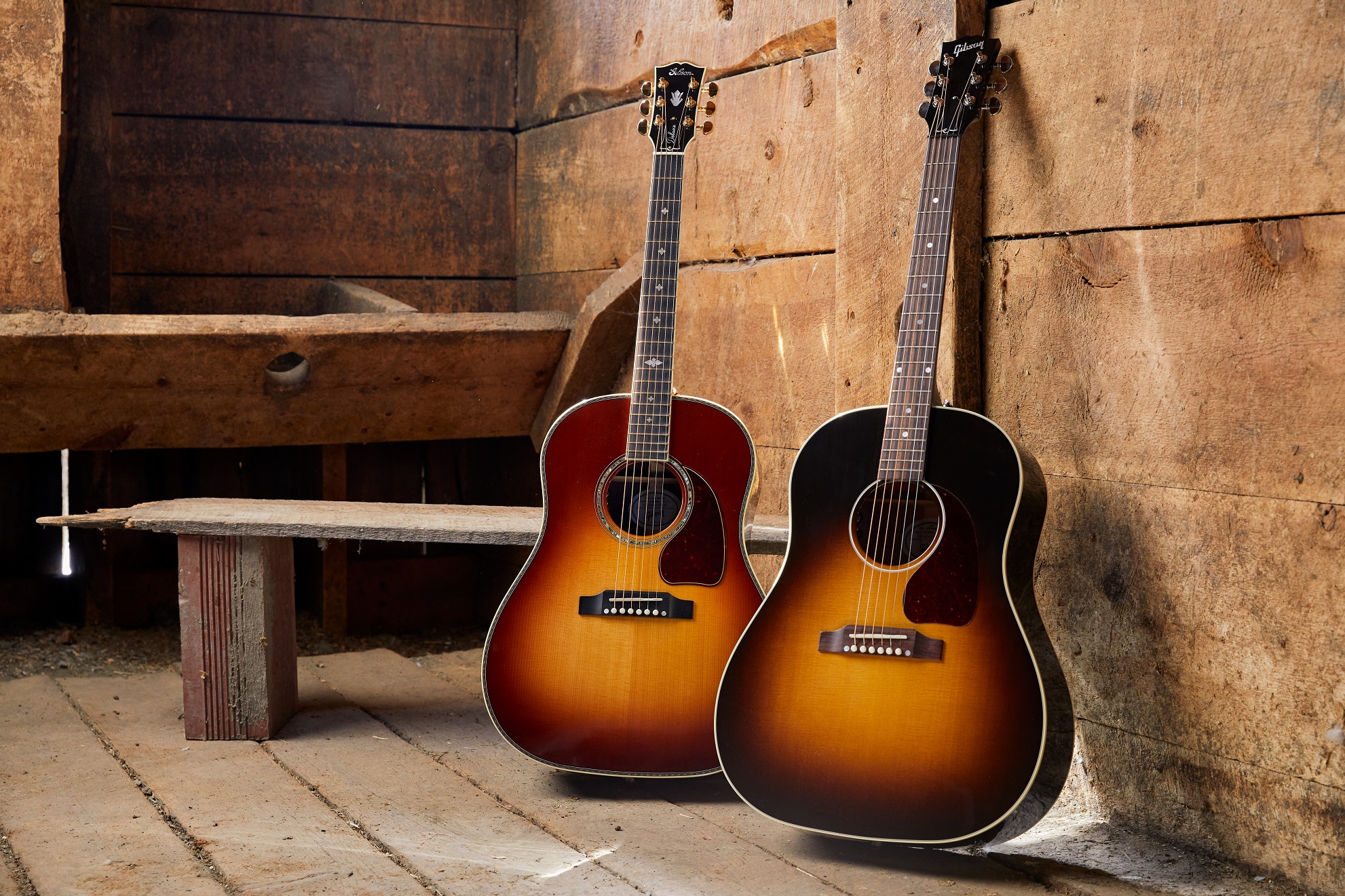 J-45 Deluxe in Rosewood Burst and J-45 Standard in Vintage Sunburst.
J-45 Deluxe in Rosewood Burst and J-45 Standard in Vintage Sunburst.
The Iconic Guitars And The Luthiers Who Build Them
About 1,700 miles east of Bozeman, in the Nashville headquarters, Mat Koehler is the one who sees to it that the team is making the guitars that make the music worthy of a Gibson. “The common thread here is passion. Everyone here loves what we do, what we make, and the music that’s made. There are a lot of guitar geeks working behind the scenes. We love getting that first pass of approval from an artist or seeing an artist playing one of our guitars onstage. That’s why we’re here,” the Vice President of Product at Gibson Brands told C&I.
Because Gibson builds guitars by hand, always in America, the techniques tend to be costly. “It’s all the handwork: the way we put on the neck, the way we sand the wood, the way we put on the finish,” Koehler says. “The understood-but-unofficial mandate here is that we’re going to stay with the American tradition of building these instruments in a way that will always maximize the performance. We still do that today. That’s the truth inside Gibson’s walls. We all know that it’s not just the instrument that performs, but the music the artist can create with that tool.”
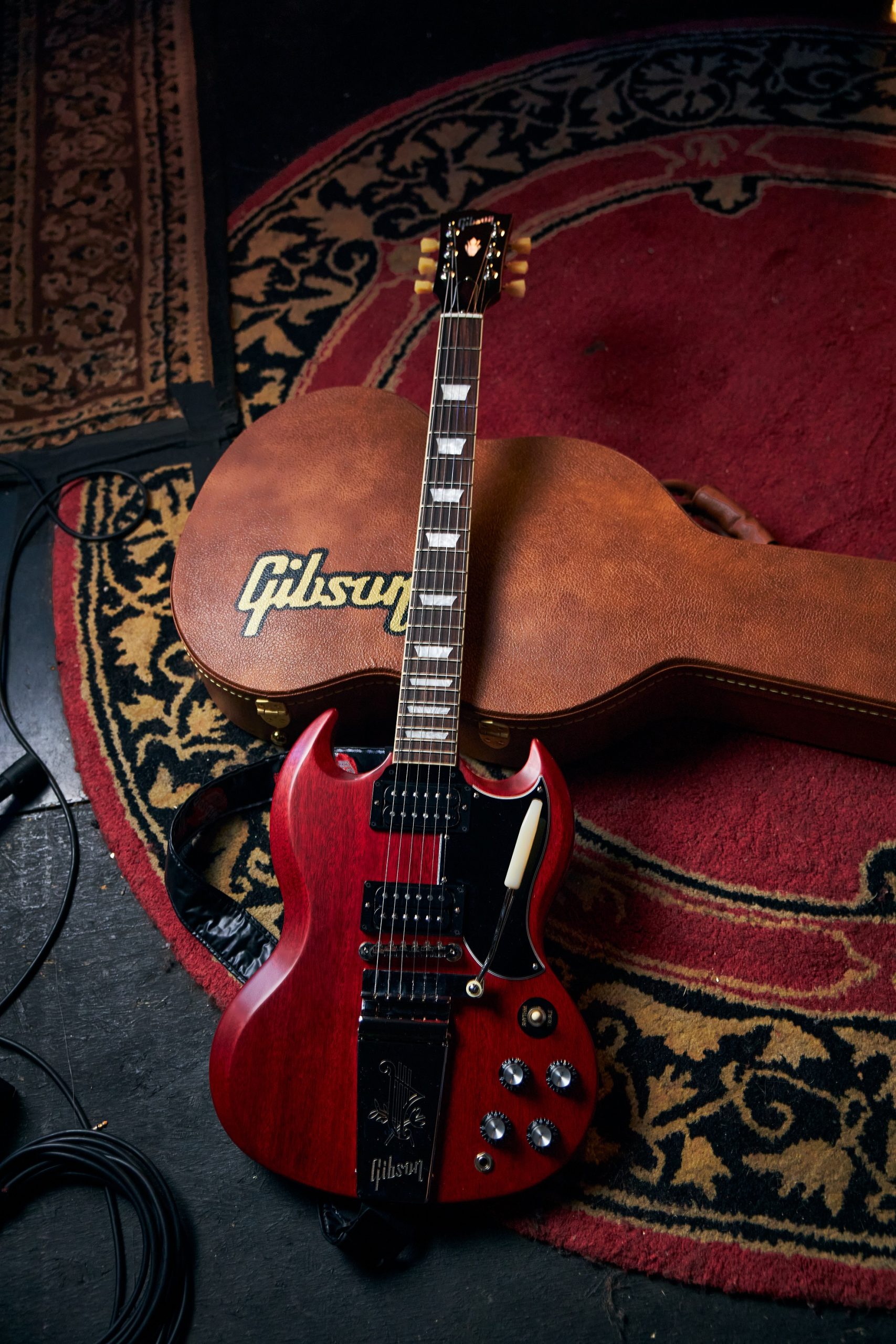 Gibson SG Standard ’61 Faded Maestro Vibrola in Vintage Cherry.
Gibson SG Standard ’61 Faded Maestro Vibrola in Vintage Cherry.
In the Gibson hierarchy, becoming a master luthier is the greatest honor, according to Koehler. “It means you’re among some of the most famous guitar makers in the world, and you only get to that level if you’ve had a long tenure and you’re really good at making guitars from scratch,” he says. Sometimes Gibsons are made one guitar at a time, and sometimes they are made in small batches, but they are never mass-produced. Citing Orville Gibson’s vision for superior instruments as what set the Gibson legacy in motion, Koehler maintains that that spirit of hand-building instruments is what the company will always stand for.
“It’s a whole history of innovation,” he says of the company’s legacy. “And only a Gibson is made in the USA. So the name you see on the headstock instills that level of confidence with artists, that they can rest assured that this is made here. Each guitar celebrates that legacy and the craftsmanship. There has always been a melting pot of talent here with talent from all over the world. And so many of those musicians aspire to own a Gibson.”
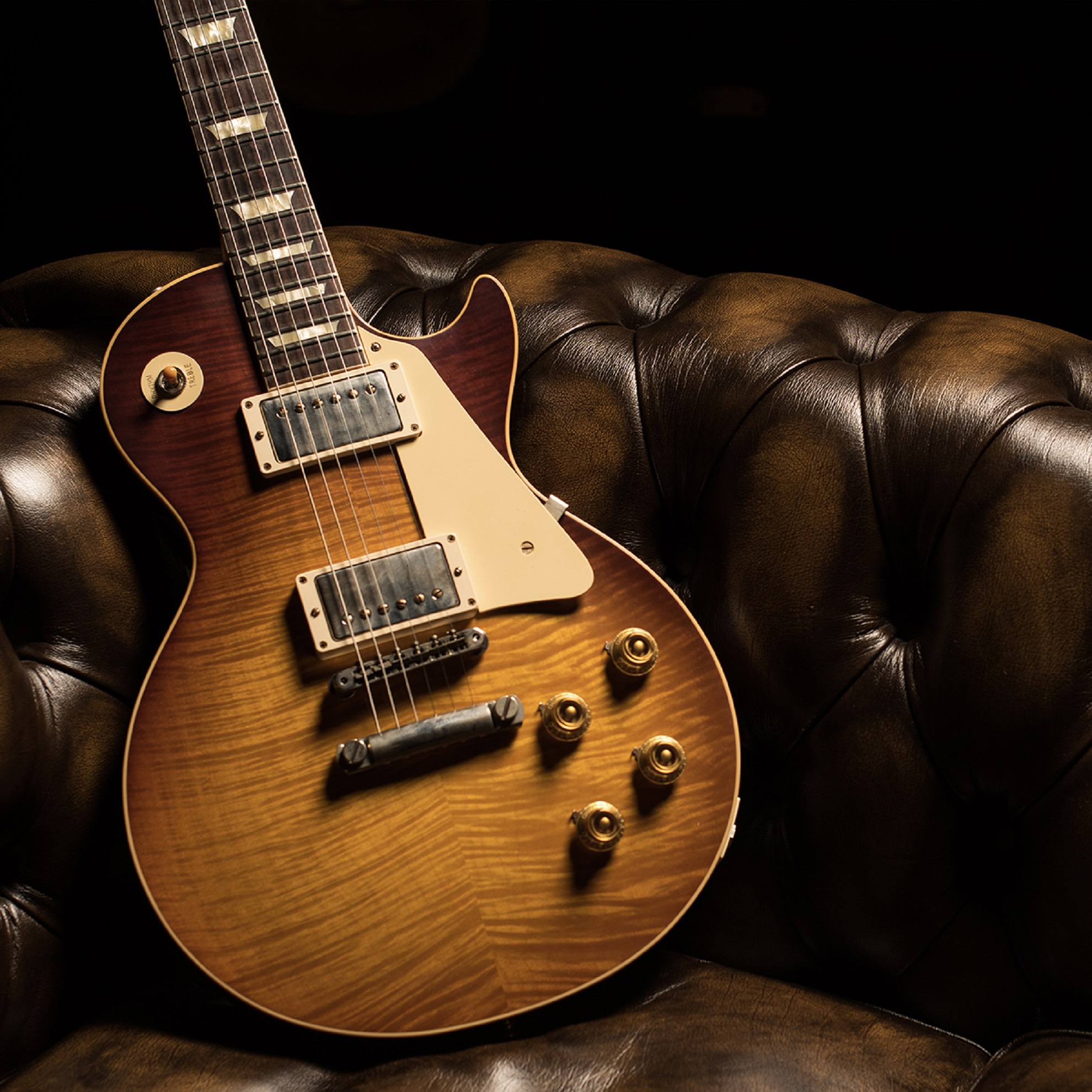 Gibson 1959 Les Paul Standard Reissue.
Gibson 1959 Les Paul Standard Reissue.
Check out the Five Most Iconic Gibsons and the Stars Who Loved Them.
This article appears in our February/March 2024 issue.
Learn more about Gibson guitars at gibson.com.











